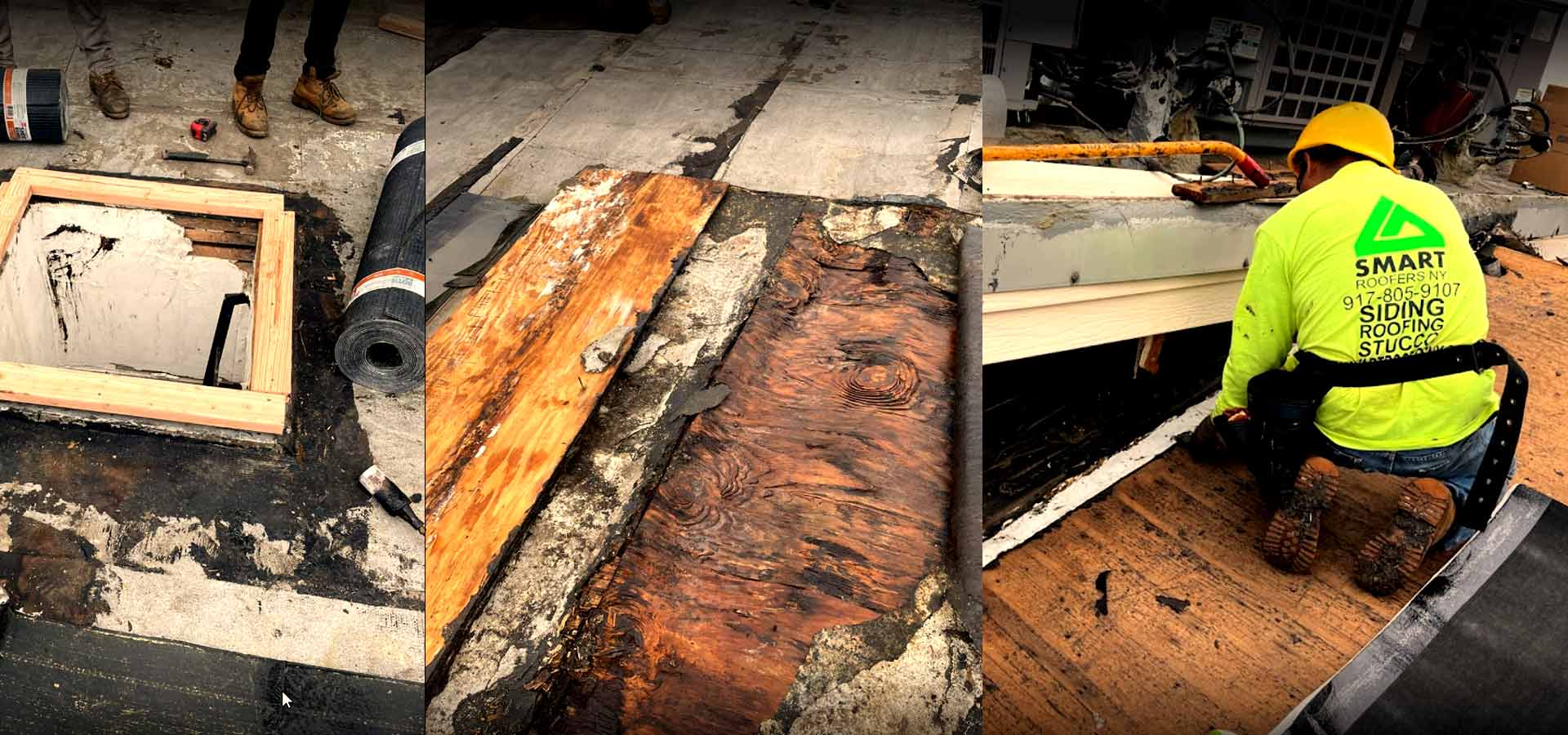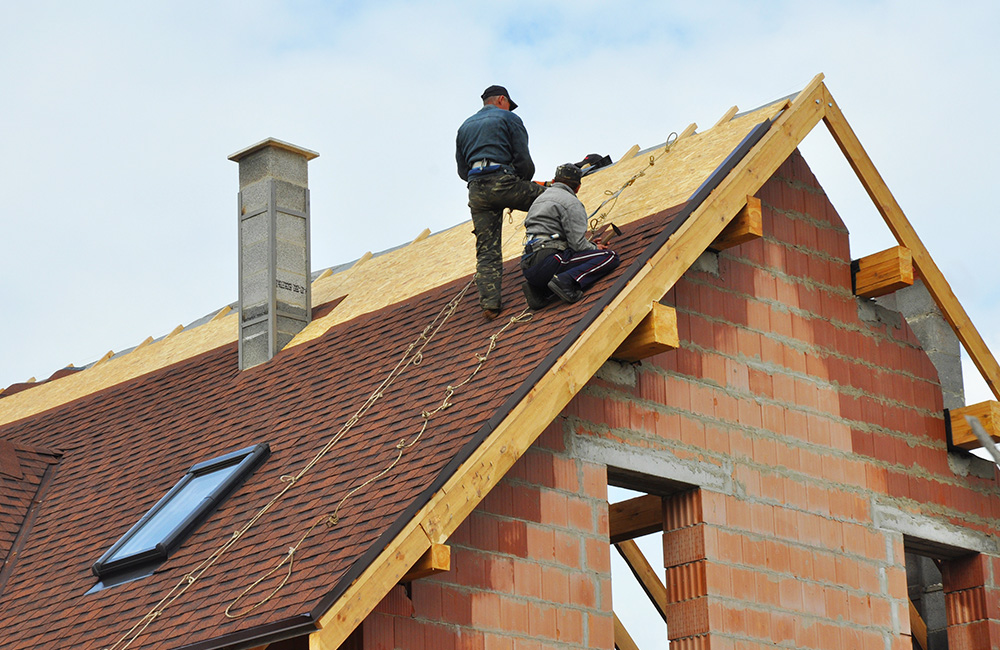Roofing Companies Oahu: Top-Rated Roofers for All Roofing Projects
Roofing Companies Oahu: Top-Rated Roofers for All Roofing Projects
Blog Article
Comprehending the Various Types of Roofs: A Comprehensive Overview for Homeowners
In the realm of homeownership, selecting the suitable roofing style is a choice that lugs substantial ramifications for both capability and visual charm. With a selection of choices-- varying from the conventional gable to the contemporary level-- each type presents special advantages and obstacles that need to straighten with the house owner's particular requirements and environmental considerations. Recognizing these distinctions not just aids in making an enlightened selection however additionally affects long-term upkeep and energy efficiency. As we discover the intricacies of numerous roofing kinds, it becomes apparent that dimension does not fit all; the best selection may surprise you.
Saddleback Roof
Saddleback roofs, characterized by their triangular shape, are amongst the most popular roof designs due to their simplicity and efficiency in losing water and snow. This layout includes two sloping sides that satisfy at a ridge, enabling efficient water drainage and minimizing the risk of water build-up. The high pitch generally connected with saddleback roofs enhances their capability to deal with hefty rainfall, making them suitable for different climates.
In addition to their sensible advantages, gable roofings use visual flexibility. They can be adapted to various building designs, from typical to contemporary homes. The style can also suit extra features such as dormer windows, which boost natural light and ventilation in the attic room space.
Furthermore, gable roofings provide enough room for insulation, adding to energy performance. Home owners can pick from a range of roof materials, consisting of asphalt shingles, steel, and tiles, further improving customization choices.
In spite of their advantages, saddleback roofs might call for added support in areas prone to high winds or hefty snowfall. In general, the saddleback roof continues to be a favored choice as a result of its mix of capability, longevity, and visual charm.
Apartment Roofs
Flat roof coverings are frequently identified for their minimalist style and practical applications, especially in business and industrial setups (oahu roofing). These roofing systems include a horizontal or virtually horizontal surface area, which permits for easy building and versatile space usage. While they might lack the visual allure of pitched roofings, level roofing systems provide many benefits, particularly in metropolitan atmospheres where taking full advantage of space is essential
One of the main benefits of flat roof coverings is their ease of access. House owners can make use of the roof area for different functions, such as roof yards, balconies, or photovoltaic panel setups. In addition, flat roofing systems are commonly extra affordable to maintain and set up compared to their sloped equivalents, as they need less materials and labor.
Common products used for level roofs include built-up roofing (BUR), changed asphalt, and single-ply membranes, each offering distinctive advantages. Overall, level roofing systems offer as a useful and versatile choice for many home owners and companies alike.
Hip Roofing Systems
Hip roofs are defined by their sloped sides that merge on top, developing a ridge. This style is distinctive from gable roofs, as all 4 sides of a hip roof covering incline downwards toward the wall surfaces, offering a much more secure structure. The angle of the slopes can vary, permitting adaptability in architectural aesthetics and performance.
Among the primary advantages of hip roofings is their capacity to withstand hefty winds and useful content damaging weather. The sloped surfaces allow far better water drain, reducing the risk of leakages and water damage. In addition, hip roof coverings supply enhanced attic room area, which can be used for storage space or perhaps transformed right into comfortable areas.
However, constructing a hip roofing can be much more expensive and complicated than simpler roofing system kinds, such as saddleback roofs. The additional product and labor associated with developing the slopes and making sure appropriate structural stability can result in greater costs. In spite of these downsides, lots of home owners prefer hip roofings for their resilience, aesthetic appeal, and possibility for energy effectiveness.
Mansard Roofing Systems
Mansard roof coverings, usually identified by their special four-sided layout, feature two inclines on each side, with the lower slope being steeper than the upper. This building style, originating from France in the 17th century, is not just aesthetically enticing but practical, as it optimizes the functional area in the top floorings of a building. The high reduced incline enables for more clearance, making it a perfect selection for lofts or attics, which can be exchanged living rooms.
Mansard roofs are defined by their convenience, fitting numerous architectural styles, from conventional to modern-day. They can be created with various products, including asphalt roof shingles, slate, or metal, providing home owners with a series of options to match their choices and budget plans. Additionally, the layout enables the combination of dormer windows, improving natural light and ventilation in the upper levels.
However, it is necessary to think about the prospective disadvantages. Mansard roofings may need even more maintenance due to the complexity of their layout, and their steep inclines can be testing for snow and rain overflow. In general, mansard roof coverings integrate style with practicality, making them a popular selection amongst home owners looking for distinctive architectural functions.
Lost Roofs
As home owners significantly look for simpleness and performance in their building styles, lost roof coverings have actually arised as a popular option. Defined by a single Website sloping aircraft, a shed roof offers a minimalist aesthetic that complements numerous home designs, from modern to rustic.
One of the key advantages of a shed roofing system is its uncomplicated building and construction, which commonly equates to lower labor and product costs. This style permits effective water drain, reducing the threat of leaks and water damage. In addition, the vertical slope offers enough room for skylights, boosting all-natural light within the inside.
Dropped roofing systems also offer adaptability in terms of usage. They can be properly incorporated into additions, garages, or exterior frameworks like sheds and structures. Furthermore, this roofing style can suit numerous roof covering products, including metal, asphalt shingles, and even green roof coverings, aligning with green campaigns.
However, it is necessary to think about regional environment conditions, as hefty snow tons might necessitate modifications to the roof's angle or structure. Generally, lost roofings offer a functional and aesthetically pleasing choice for homeowners seeking to optimize functionality view publisher site without compromising style.
Final Thought


Gable roofs, identified by their triangular shape, are amongst the most prominent roof covering styles due to their simpleness and effectiveness in losing water and snow. oahu roofing. The steep pitch commonly linked with gable roofs enhances their capability to deal with hefty rainfall, making them suitable for various climates
While they may lack the aesthetic allure of pitched roofing systems, level roof coverings supply many benefits, especially in urban environments where taking full advantage of space is important.

Report this page